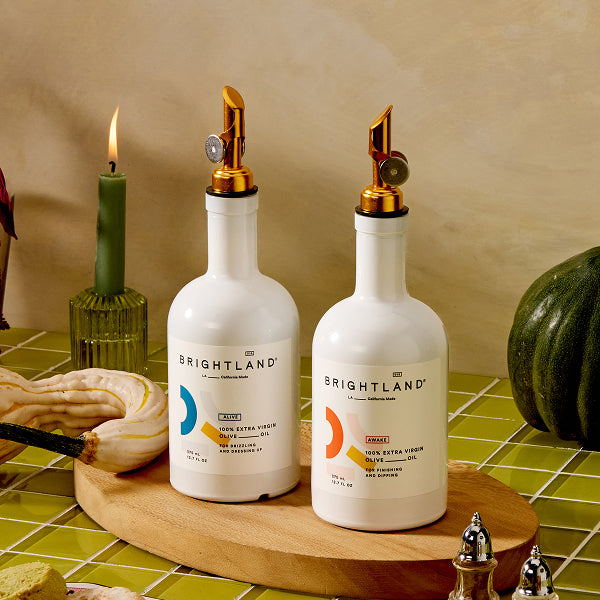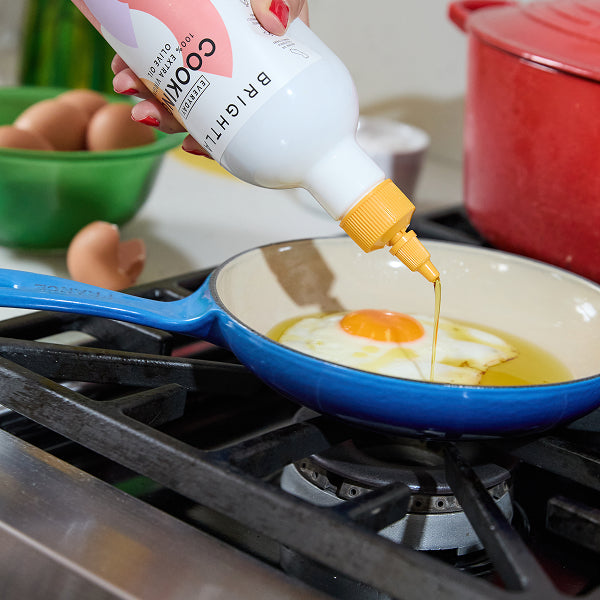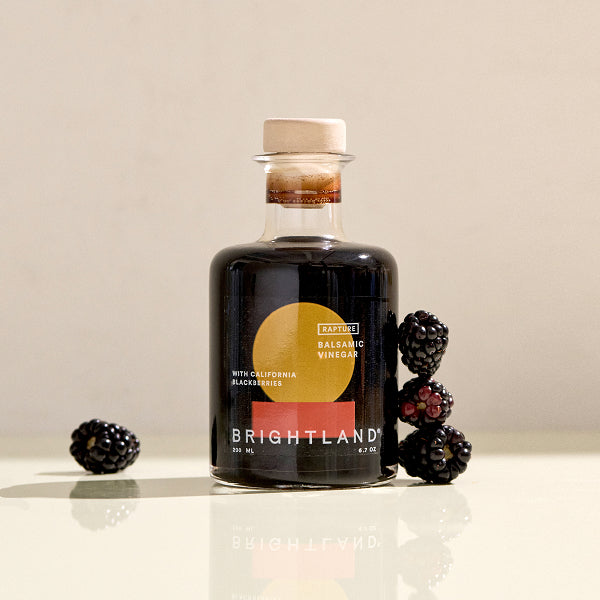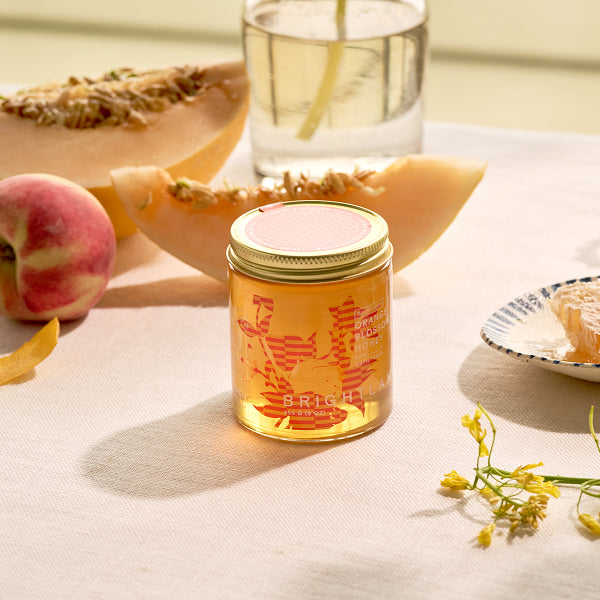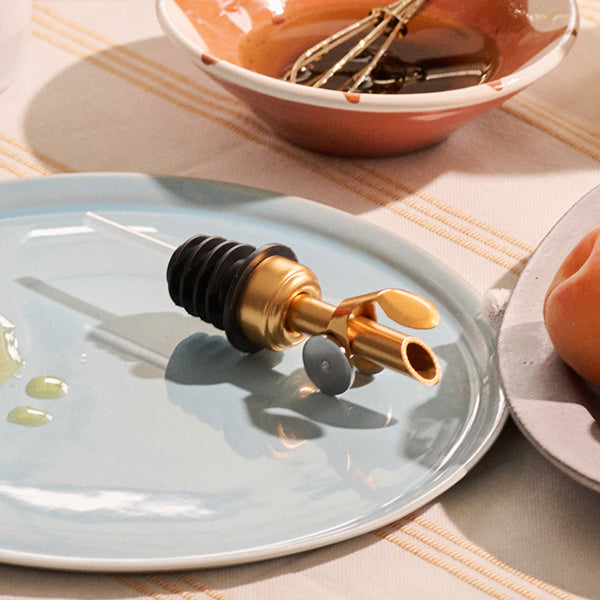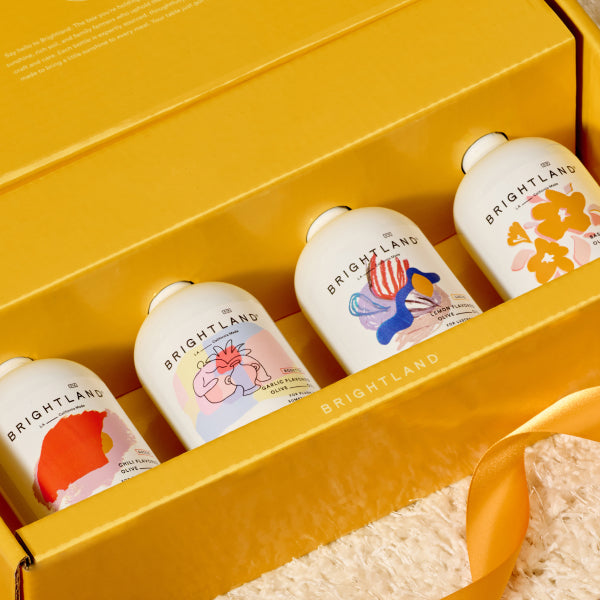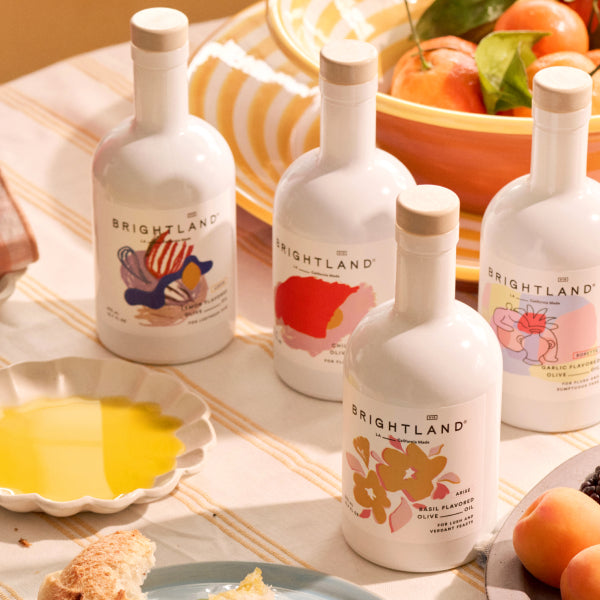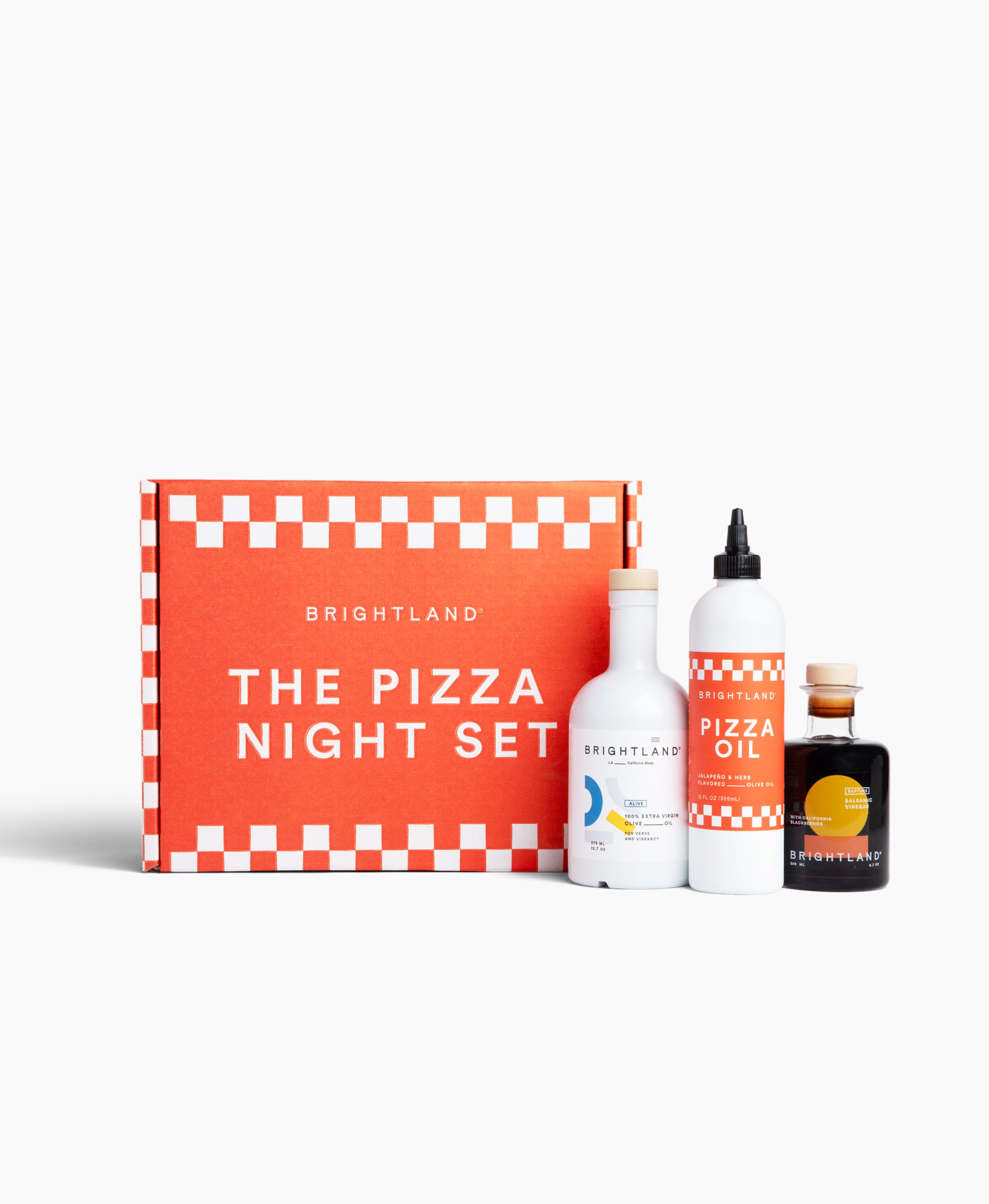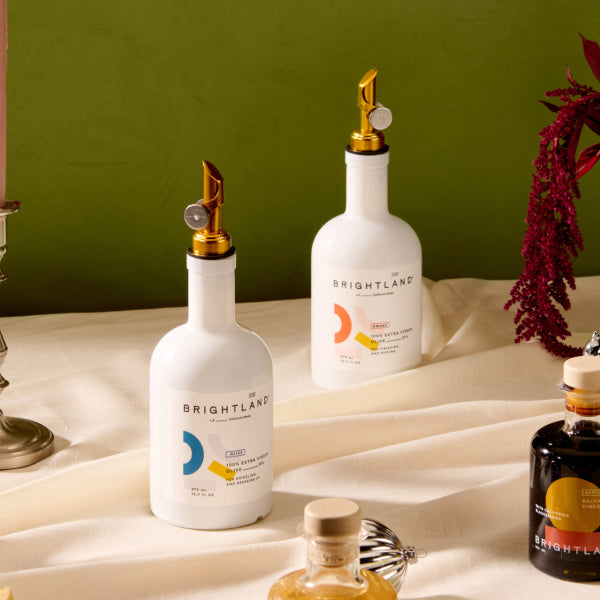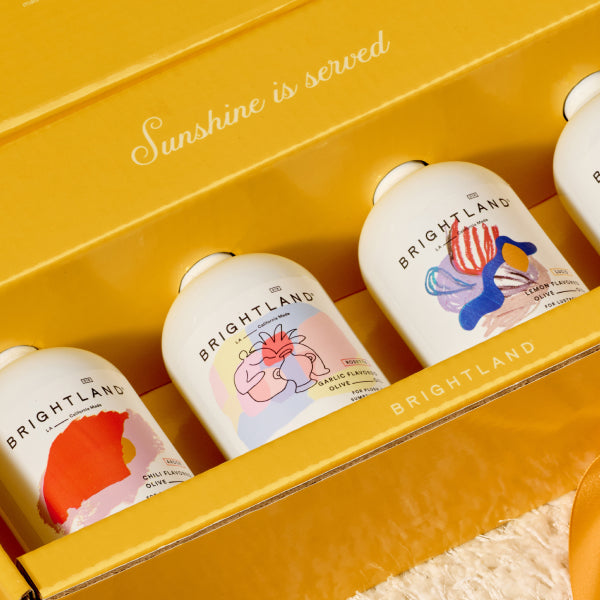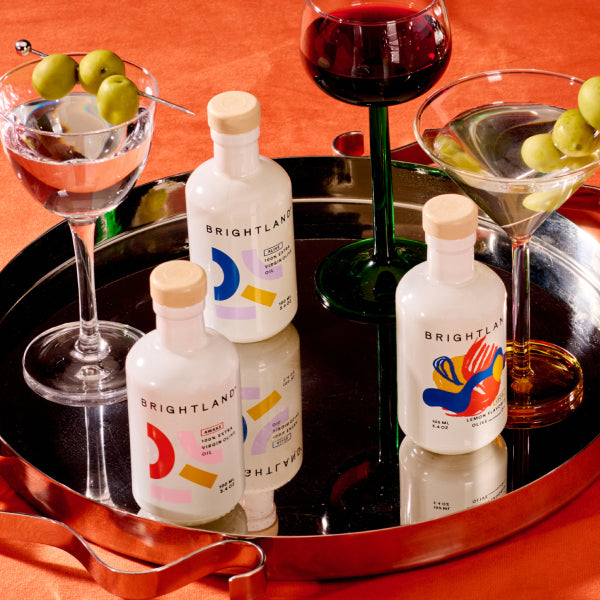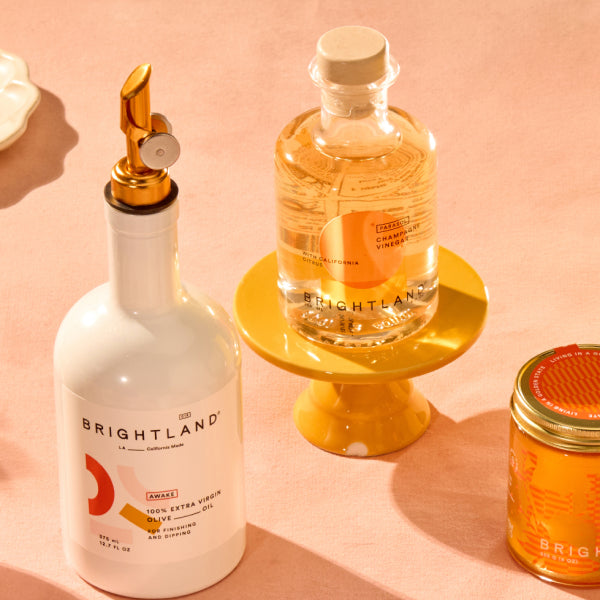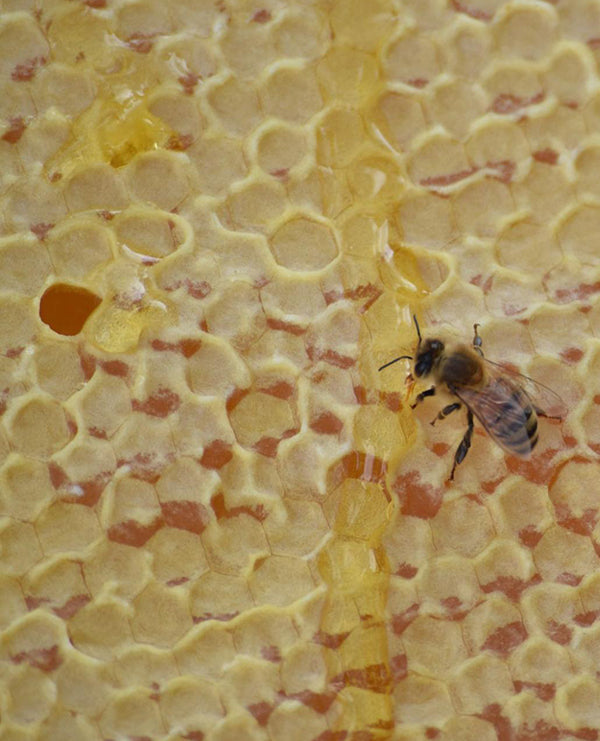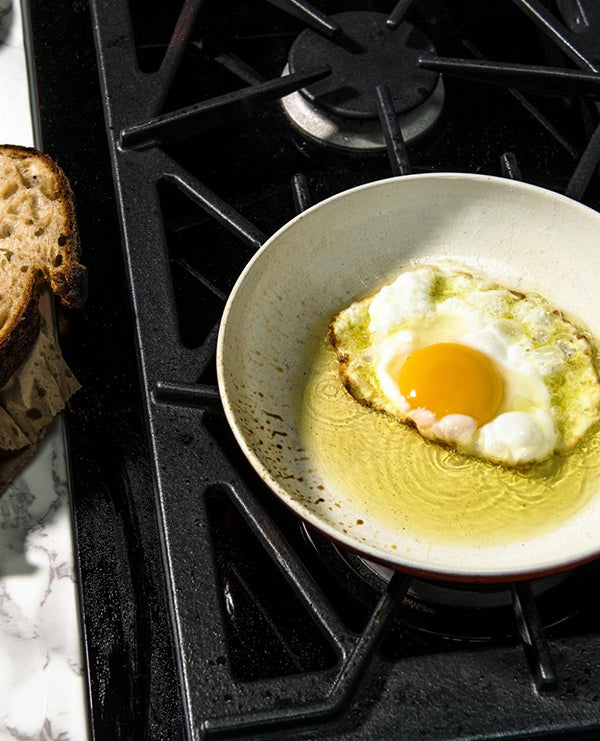Manuka honey is all the rage right now, but do you know what actually makes it different from the other types of honey on the market? In this guide, we will explain what manuka honey is and where it comes from and then investigate the difference between manuka honey vs. raw honey.
[close type=”rte”] [open type=”images”]
What Is Manuka Honey?
Manuka honey is created when European honey bees intake pollen from the Leptospermum scoparium tree, more commonly known as the tea tree, which is native to New Zealand and Australia. And yes, that is the same tree that tea tree oil comes from. The Maori name for the tea tree is mānuka, hence the name of the honey. In English, the word mānuka is usually spelled without the macron (the line over the a) so that is the spelling we will be using in this article moving forward.
Manuka honey is a dark-colored, viscous honey that contains high levels of many flavorful and beneficial compounds, resulting in excellent antimicrobial properties. (Learn more about whether or not honey is good for you.) Both Australia and New Zealand have their own standards for what qualifies as manuka honey. In New Zealand, the honey must be tested for four chemical markers from nectar and a DNA marker from mānuka pollen. In Australia, manuka honey must meet minimum standards of naturally occurring methylglyoxal, dihydroxyacetone and leptosperin.
You might also see other tests and standards referred to on labels of manuka honey. For example, the United Manuka Factor™ Four Factor Quality Assurance Test validates the Potency, Authenticity, Freshness and Purity of each batch of manuka honey it tests in New Zealand. These various testing agencies work to certify manuka honey products to ensure that you know you are buying a quality product.
This certification is important because there is not enough genuine manuka honey in order to keep up with demand due to the limited geographic nature of manuka cultivation. Thus, the price of genuine manuka honey products from New Zealand and Australia are quite expensive, especially in other countries. In many cases, the manuka honey that you see being sold is not pure manuka honey at all, but is rather manuka honey cut with other substances to make it stretch farther or even a counterfeit product covered in a fraudulent label. Real manuka honey is difficult to track down and will be accompanied by a high price tag that reflects its rarity and quality.
Manuka Honey vs. Raw Honey
Manuka honey and raw honey are two separate products. Manuka honey refers to honey that comes from a specific plant in Australia and New Zealand. Meanwhile, raw honey may be sourced from many different types of flowers. The unifying factor of raw honey is that it is not heated or highly filtered, which allows the honey to maintain as much pollen and antioxidants as possible. Learn more about what raw honey is in our guide.
[close type=”rte”] [open type=”images” small=”true”]
When it comes to health benefits and flavor, both manuka and raw honey are superior to highly processed honey that is found in grocery stores. Many of these grocery store offerings have either been heated to high temps (which breaks down the pollen), blended with lower quality syrups or both. Manufacturers do this in order to increase profits and create a honey that is clearer and more aesthetically pleasing. Both manuka and raw honeys are often more viscous and can sometimes have a slightly cloudy appearance due to the high pollen count.
While raw honey does not always have quite as strong of antimicrobial properties as manuka honey, the pollen and other flavorful, healthy compounds that naturally occur in honey remain intact because it is not pasteurized or heated to high temperature. This means that raw honey has greater health benefits than honey that has been pasteurized or cut with syrup.
Raw honey is also more widely available than manuka honey and is more affordable as well. There is also a much lower risk of counterfeit products when it comes to shopping for raw honey. If you cannot get your hands on genuine manuka honey — which many people cannot! — then raw honey is an excellent alternative.
[close type=”rte”] [open type=”images”]
Eager to try raw honey for yourself? Check out our flavored raw honey set, The Couplet, which features two different flavors of raw honey that are both delicious and nutritious: Kauai Wildflower and California Orange Blossom.
[close type=”rte”]
